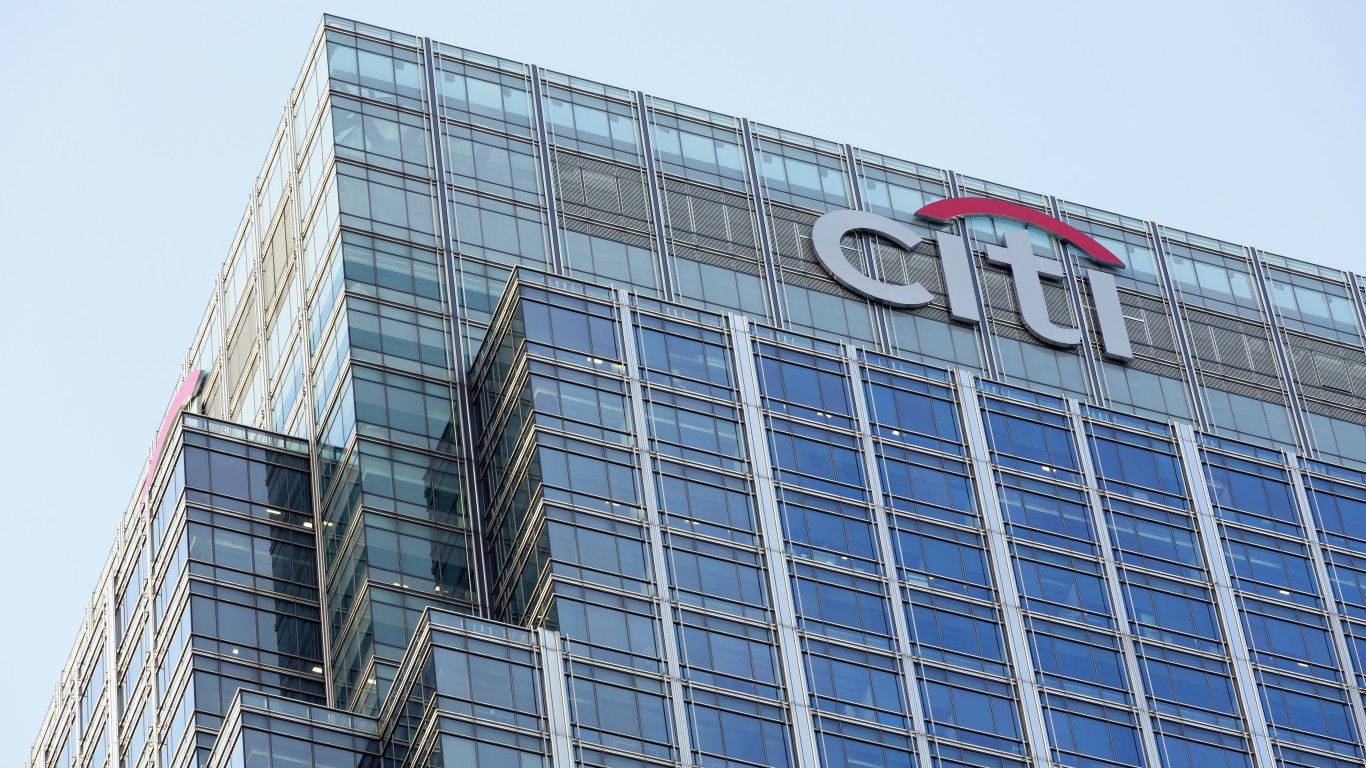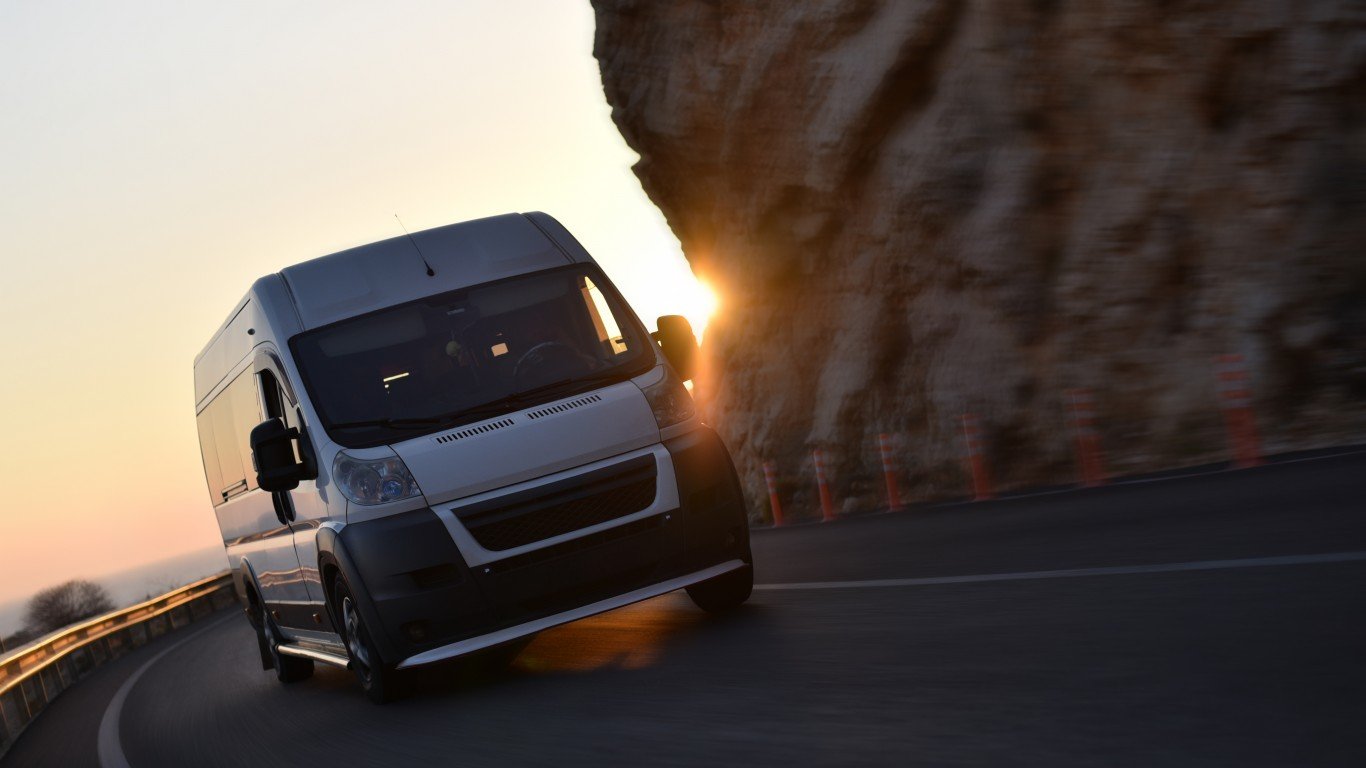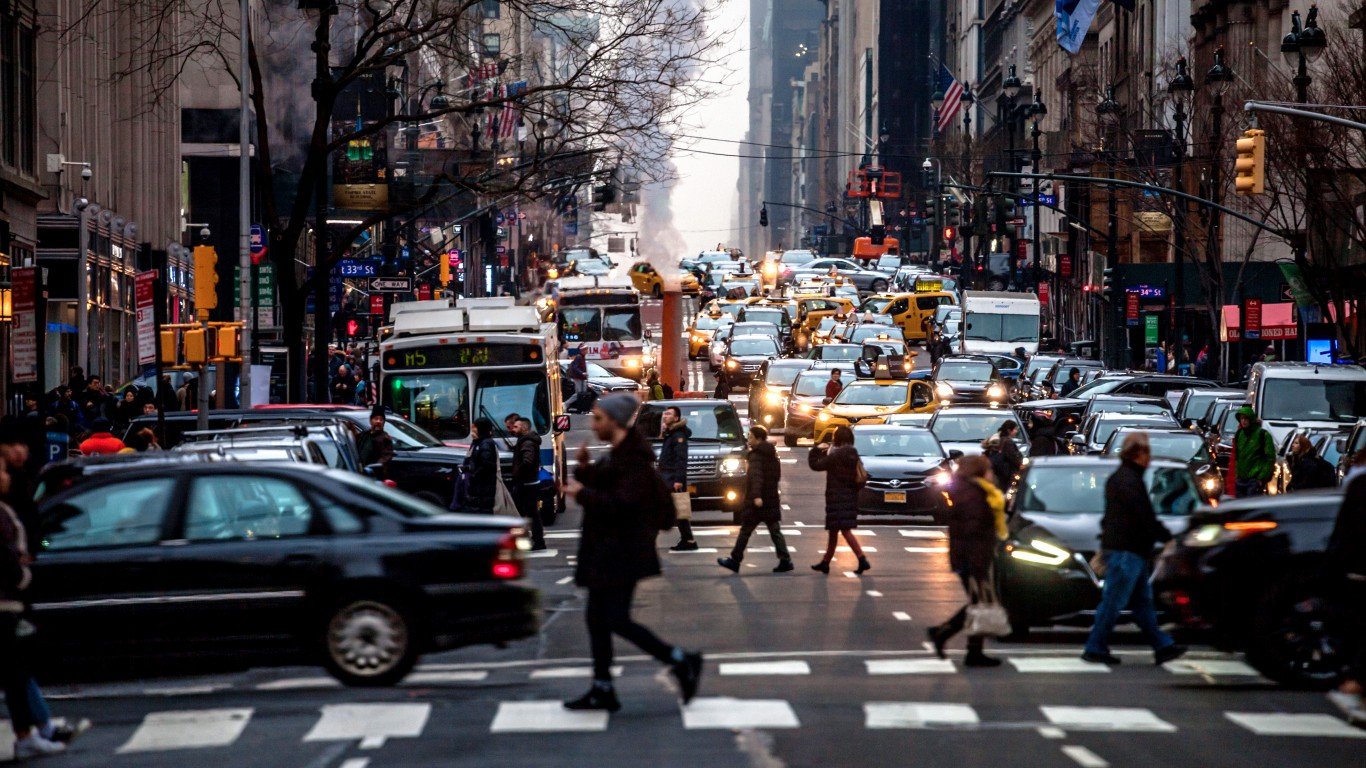

In March of 2018, a self-driving car operated by Uber Technologies Inc. (NYSE: UBER) struck and killed a woman in Tempe, Arizona, who was walking across the road with a bicycle. The woman was not crossing at a designated crosswalk and was struck and killed by the vehicle, a 2017 Volvo XC90 that had been modified to use self-driving hardware and software.
The National Transportation Safety Board (NTSB) issued its preliminary report on the crash on Tuesday, and on Thursday, Consumer Reports issued a press release citing the NTSB report and concluding that the report “make[s] it clear that this automated driving system was tested on public streets long before it was safe to be on the road.”
Ethan Douglas, a senior policy analyst for Consumer Reports, commented, “This report reveals outrageous safety lapses by Uber that ended with a person being killed. Rather than doing everything it could to prevent a fatal collision, Uber passed the buck to a single ‘backup driver.’
The NTSB had noted in its report that the test self-driving system in the Volvo “relies on an attentive operator to intervene if the system fails to perform appropriately during testing.”
The Uber vehicle’s self-driving systems first noticed the pedestrian about six seconds before impact. It took the system nearly five seconds to classify her as a bicycle and with just 1.3 seconds remaining before impact, the self-driving system determined that emergency braking was needed to “mitigate” a collision.
Uber’s self-driving technology does not allow the vehicle to make an emergency stop while the vehicle is under computer control. Only the operator is allowed to take such action, and the Uber system is not designed to alert the operator that an emergency stop is indicated. The Volvo was equipped with a collision-avoidance system that is operable only when the car is being manually driven.
Video of the car’s interior showed that the operator was “glancing down toward the center of the vehicle several times before the crash.” The operator later told investigators that she had been “monitoring” the car’s self-driving interface. In June, Consumer Reports cited a Reuters report stating that, according to the police report, the Uber backup driver “was streaming a Hulu video at the time the car struck and killed a pedestrian.”
The Uber operator intervened by touching the steering wheel less than a second before the car struck the pedestrian. It was traveling 39 mph at the time in a 45-mph speed zone, and the brakes were applied less than a second after impact. The self-driving system was operating normally at the time of the crash and showed no faults or diagnostic messages.
In its June report on the crash, Consumer Reports cited Bryan Reimer, director of the advanced technology vehicle consortium at MIT who said, “This driver was set up to fail. You’re mindlessly looking at the road ahead of you. It’s hard to keep looking at something when nothing changes. You don’t have to make moment-to-moment decisions about how to turn the wheel.”
Consumer Reports’ Douglas concluded, “We hope Uber has cleaned up its act, but without mandatory standards for self-driving cars, there will always be companies out there that skimp on safety. We need smart, strong safety rules in place for self-driving cars to reach their lifesaving potential.”
Uber’s stock dropped about 16% after the NTSB released its report on Tuesday and traded down about 13% as of Thursday’s close at $27.38, up about 1.6% for the day. The stock’s 52-week range is $25.58 to $47.08, and the consensus price target is $45.00. The low was posted Tuesday.
Thank you for reading! Have some feedback for us?
Contact the 24/7 Wall St. editorial team.
 24/7 Wall St.
24/7 Wall St.


